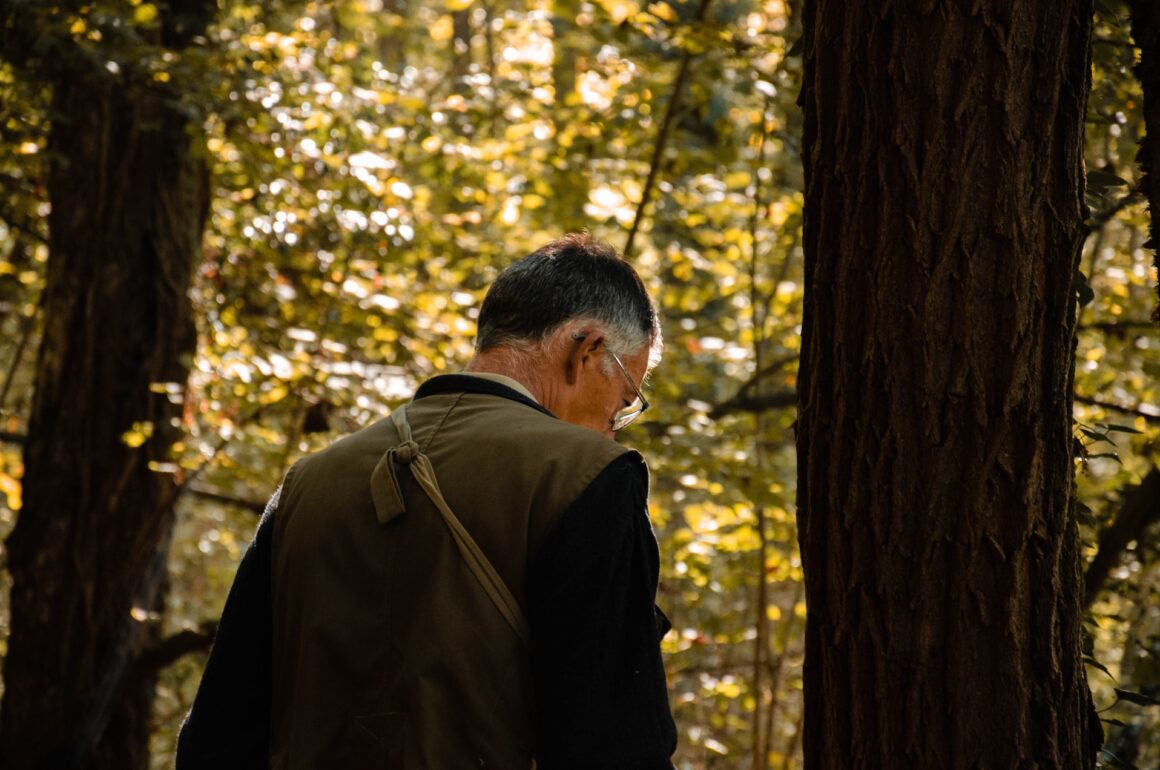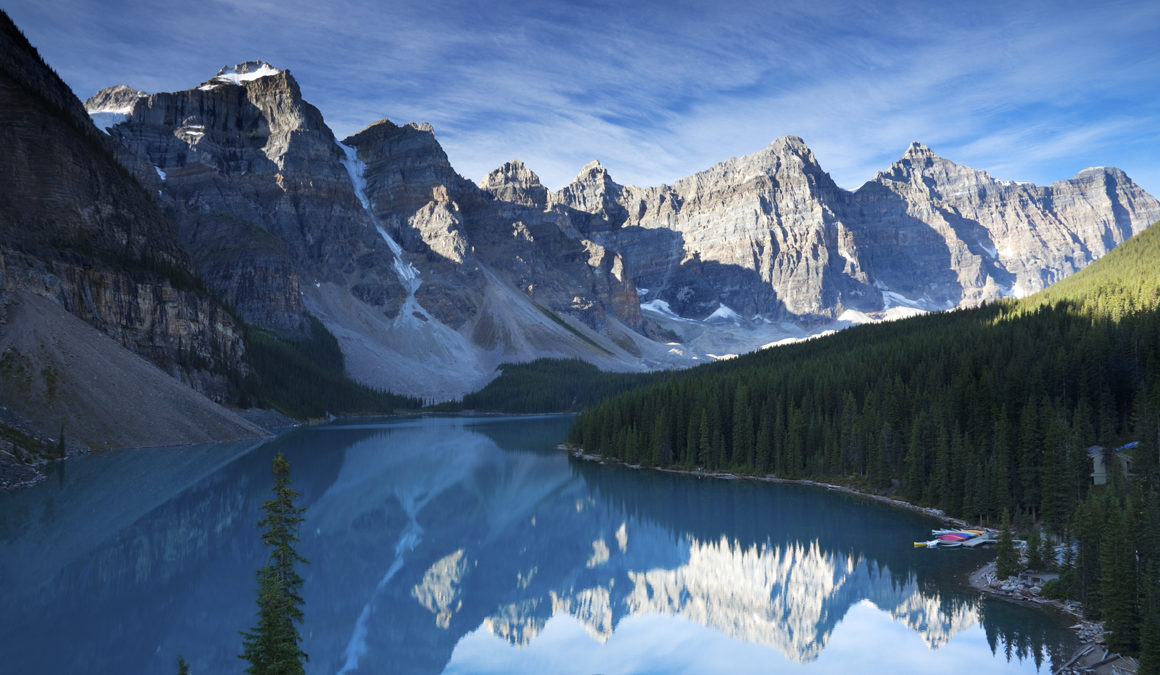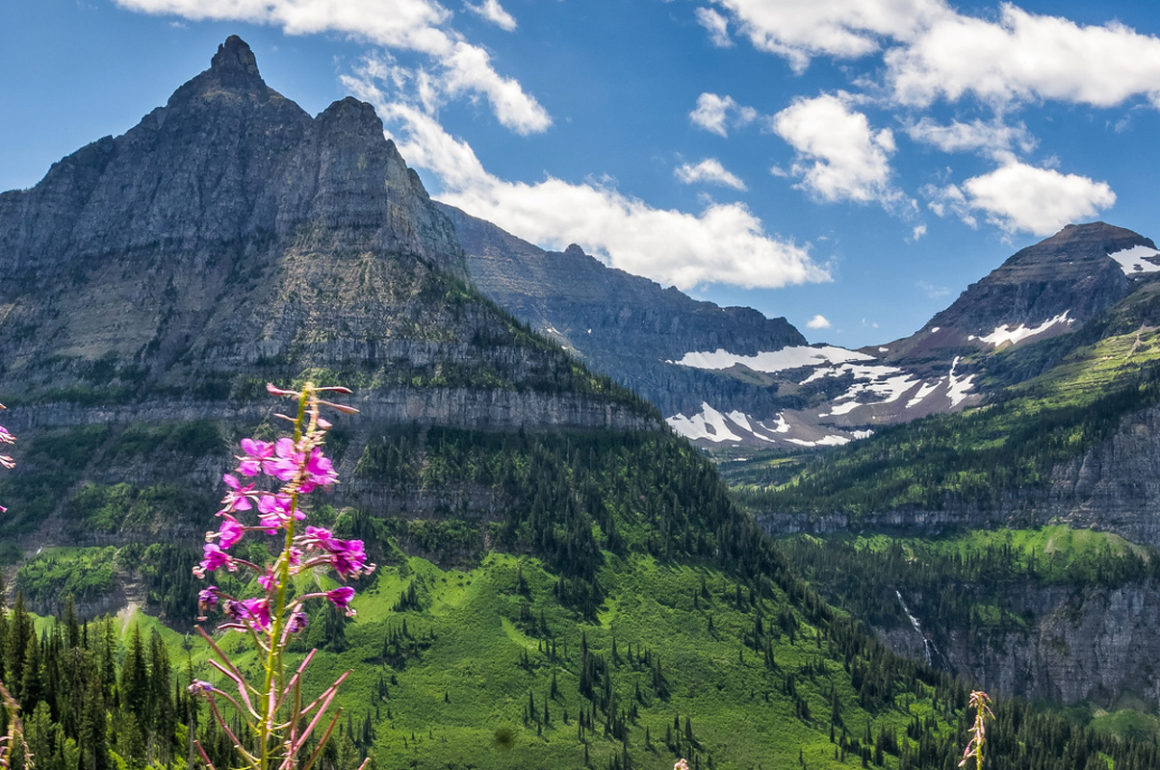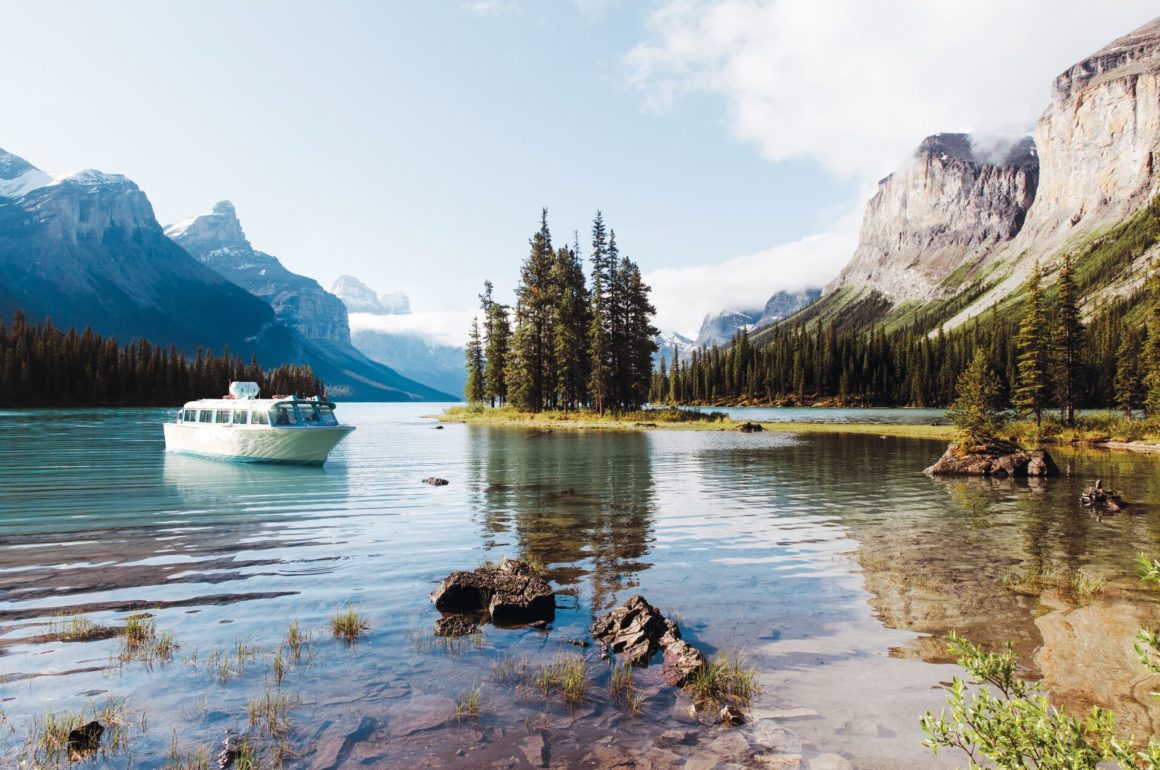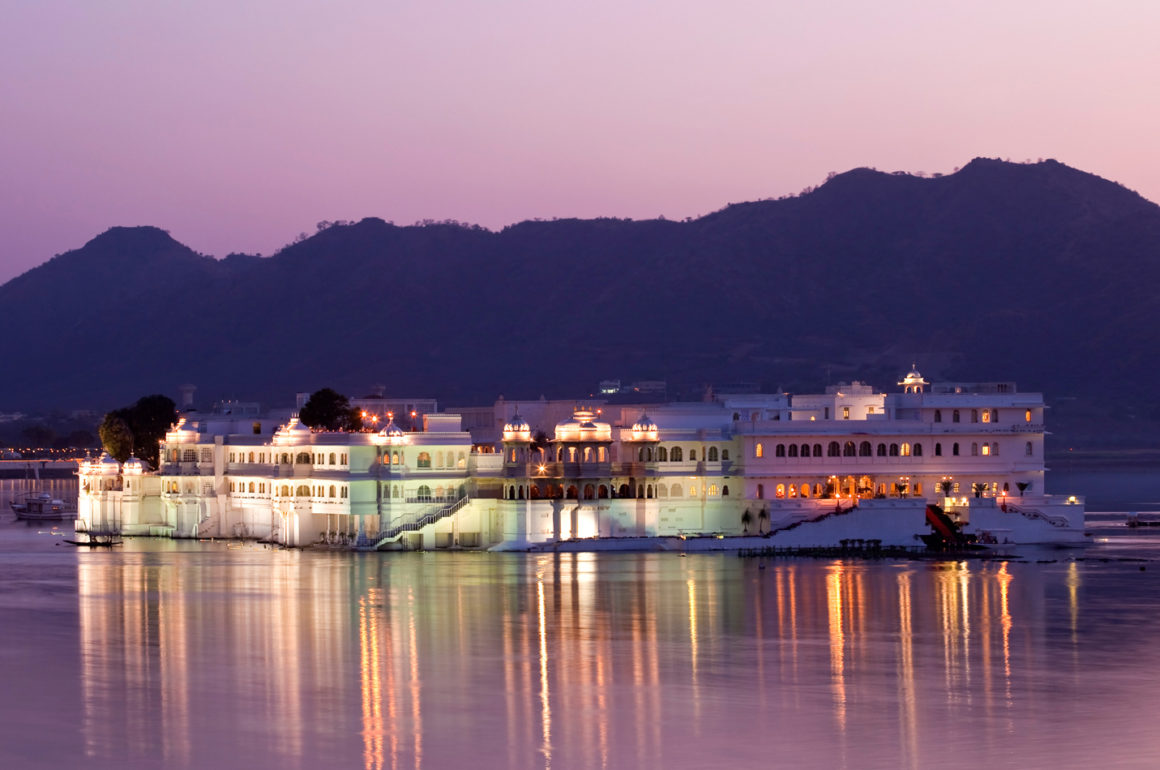Did you know “truffle hunter” was a career choice? Not only is it a real job, but it involves leading a pack of extremely cute dogs on daily walks, in search of natural treasure. It’s a fascinating world to get a peek into, and you can do just that in Istria, a peninsula in northern Croatia.
On Luxury Gold’s Croatia and the Dalmatian Coast journey, one of our luxury Croatia holidays, you’ll visit an established truffle farm, Prodan Tartufi; a small family operation, it’s been run by three generations of the Prodan family since the 1960s. Here, expert truffle hunter Visnja Prodan Jekić talks us through her typical day in the forests and farmland of Buzet, Croatia.
A good canine team is everything
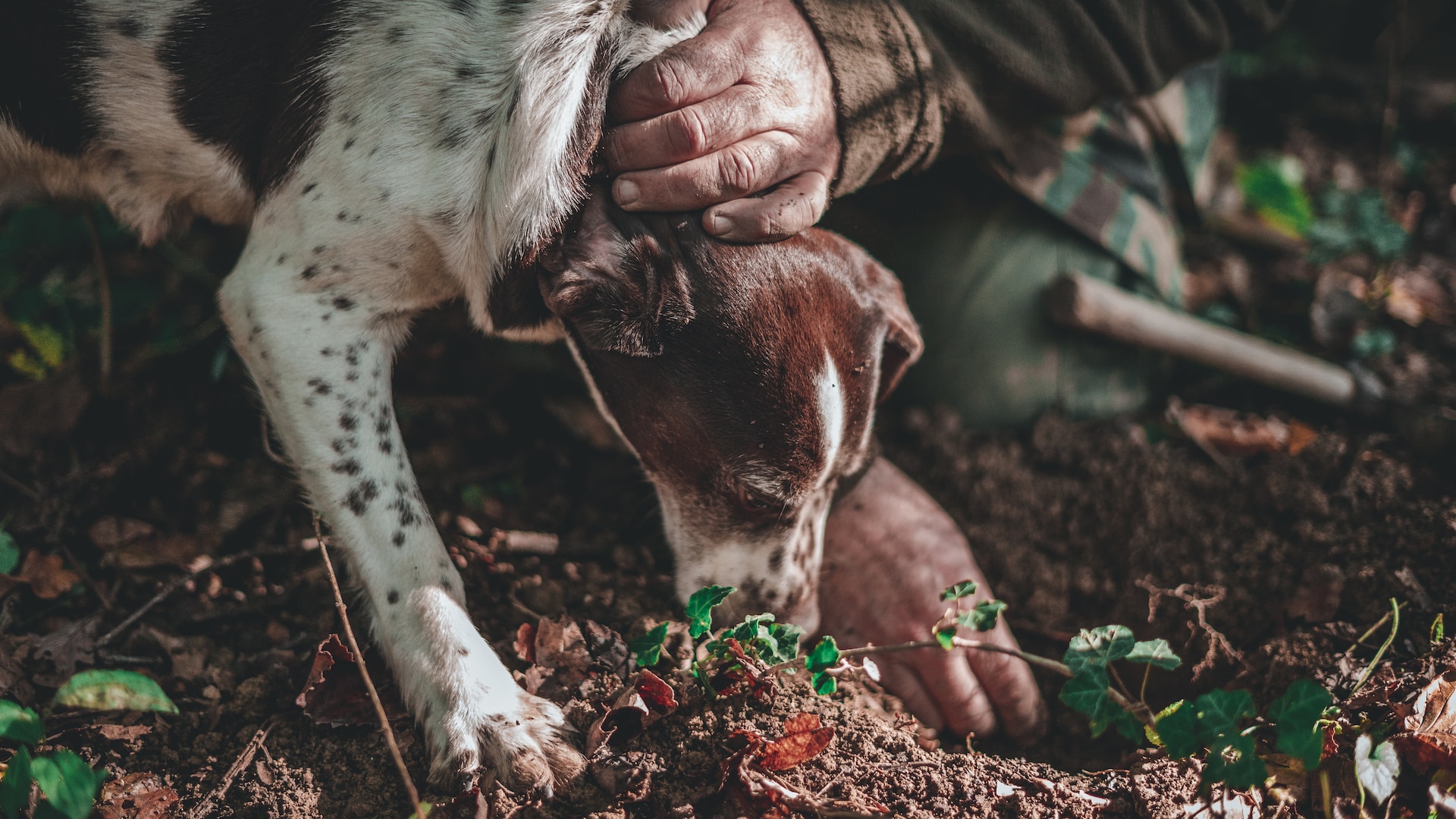
It’s a myth that only one species of dog is fit to work in truffle hunting, says Visnja, though some do have it more in their blood than others. “We have a couple of terrier-mix dogs who we have trained from being very young puppies, and they are excellent ‒ the key is training them from very young,” she explains.
“We also have a Portuguese Water Dog ‒ this breed has hunting and retrieving in their DNA, but they are quite stubborn and alpha. They want to be the best on the team. Ours, Capo, is very young and doesn’t work well with others at the moment. When he’s older and calmer he’ll be able to work in a pair.”
Dog training and relationship building is a huge part of Visnja and brother Mirko’s job ‒ they take one or two dogs out on every hunting mission.
We think you’ll also like: Indulge your inner gourmet with these luxury food experiences
Training takes years
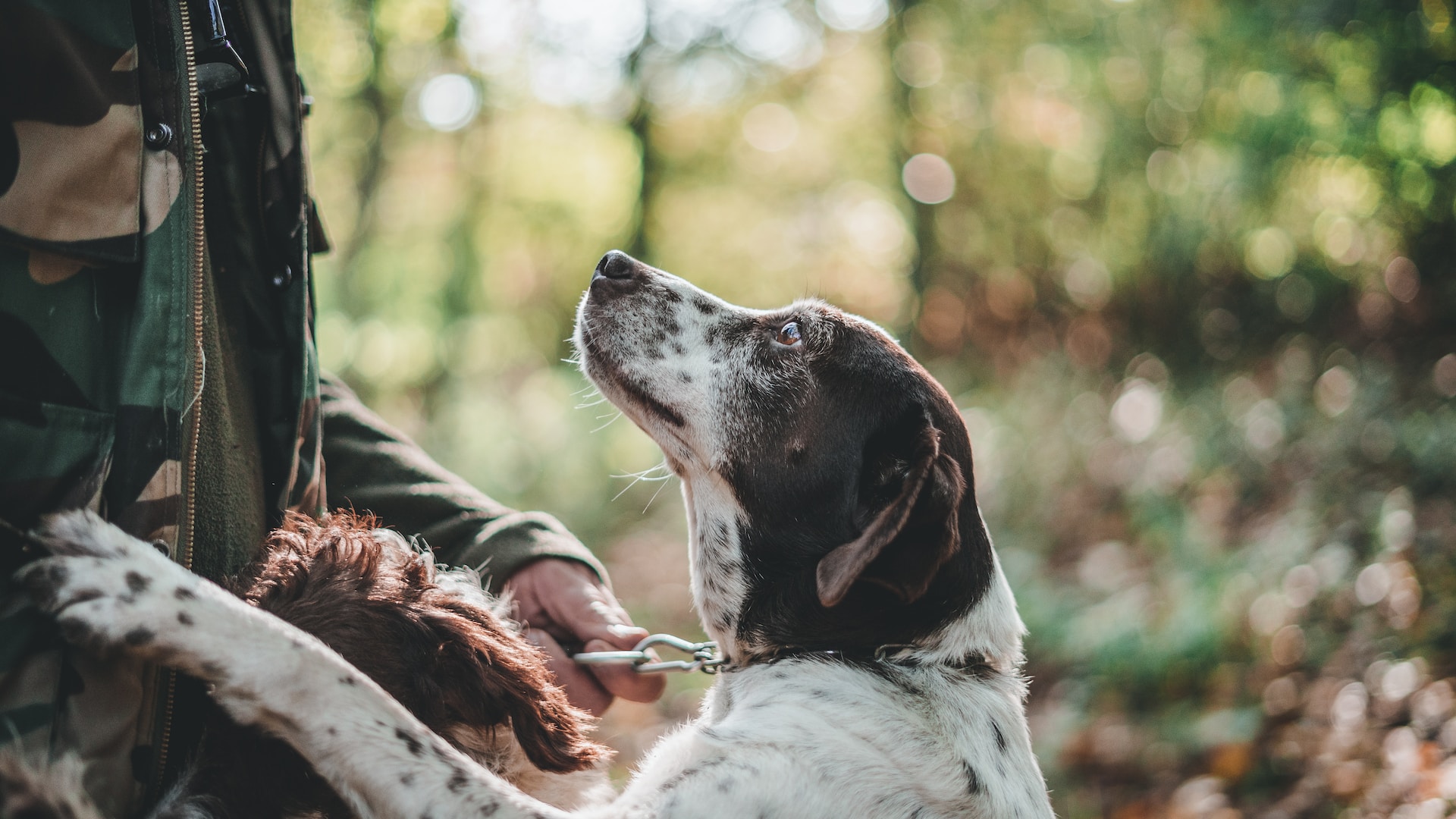
Visnja and the family spent years training their dog pack to be excellent truffle hunters. “We feed them with truffles when they are little, only a couple of months old, and they get to know the smell, to eat some and play with them,” she explains. “Then we eventually bury some so they learn to find their location and dig for them.”
This means the dogs do get a taste for the truffles, however: “We have to be quick, back they never bark when they find one,” adds Visnja. “They just start digging, so we have to catch up and get to the truffle before them ‒ we take the truffle and give them a treat quickly, so they associate it with good work.” But no employee is perfect: many a dog has chomped through a very valuable truffle.
You have to know where to look
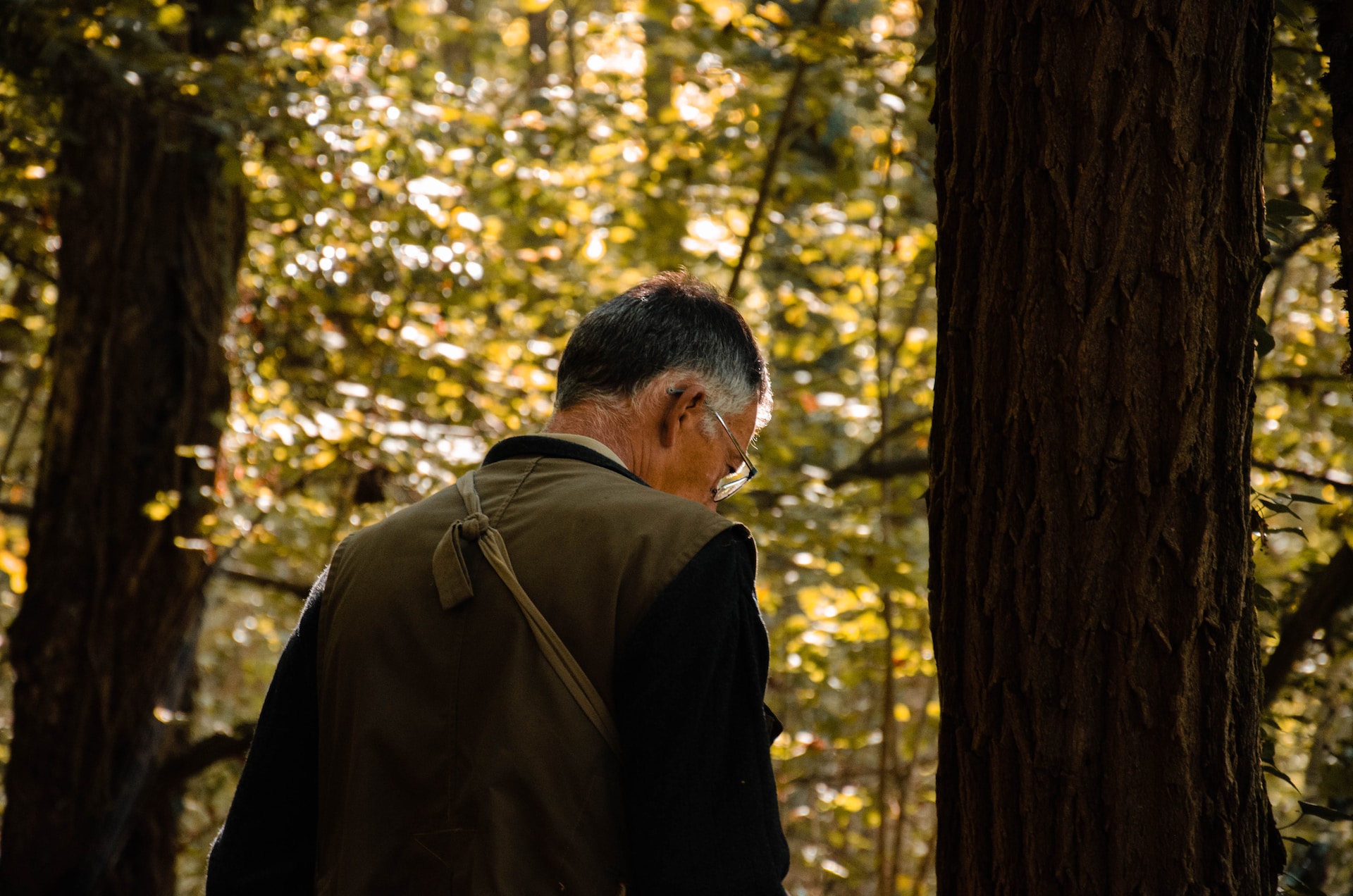
Truffles tend to grow in certain locations in the forest; the most reliable corners of Prodan’s own land are a closely guarded family secret. “My grandfather was a very, very wise man. Everything we know about truffles, we learned from him,” says Visnja. “He started finding truffles in the 1960s, and taught my mum and her sisters everything there was to know about truffles, agriculture and wine.” As such, she’ll never reveal her truffle hot spots, keeping them a close secret between herself, her brother and the dogs.
“If anyone found out where we find them, they could trespass and go looking for them,” she explains. However, new locations are found all the time ‒ in fact, animals help in spreading the truffles across woodland by eating them and depositing the spores around new tree roots.
Try local truffles on Luxury Gold’s 12-day Ultimate Italy journey.
It’s an unpredictable pursuit
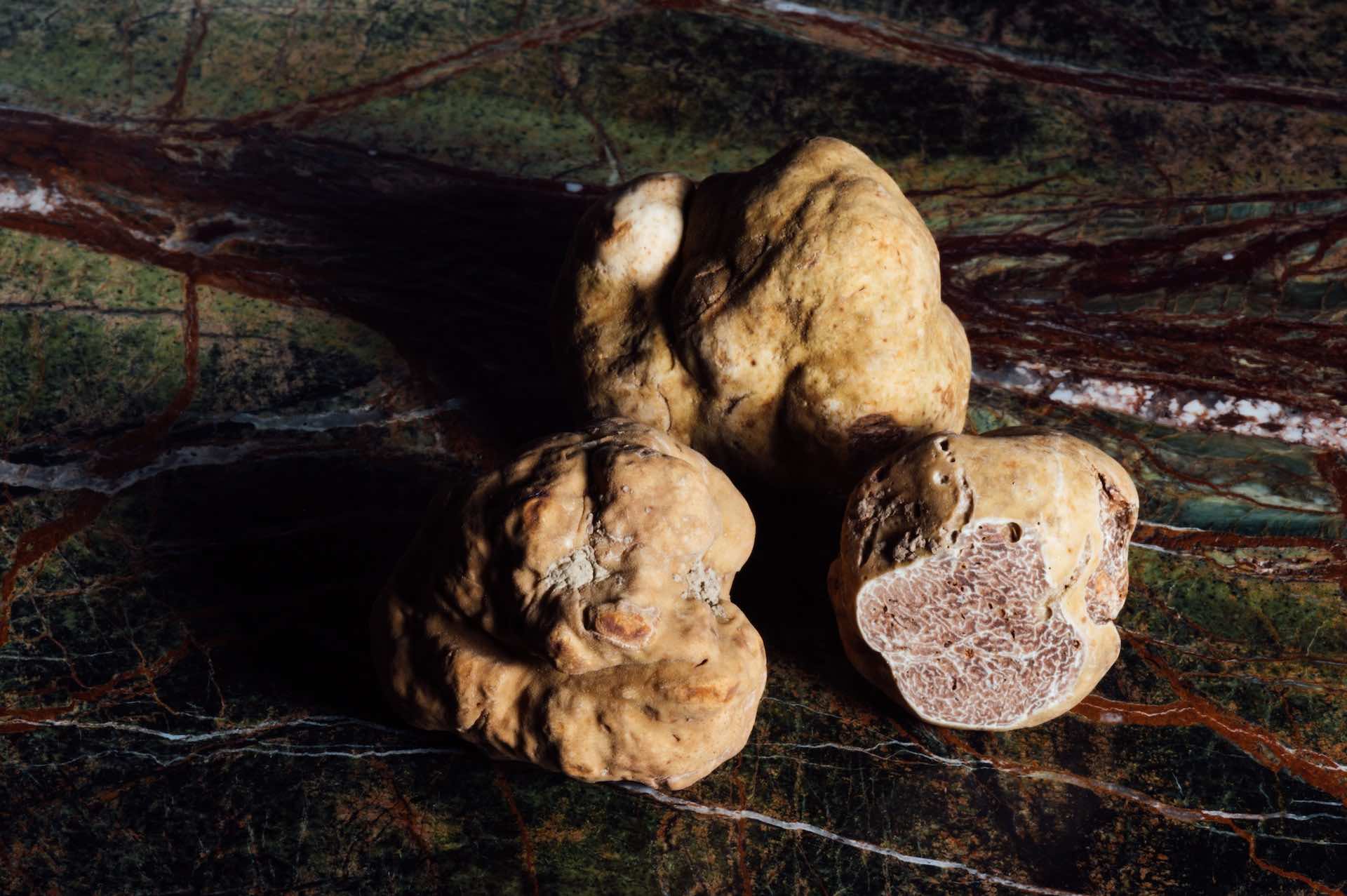
People think that this outdoorsy, dog-friendly role is the dream job, says Visnja, but really it can be long, unpredictable and frustrating. Everything from weather conditions to the dogs’ mood can affect their success rate. “If you’re not patient, it’s simply not a job for you,” she says. “Some people think they can just train a dog and go and find truffles, but there are so many hours spent walking in the woods and not finding anything.”
She goes out for truffles all year round, though tourists most often visit for tours in spring and autumn. Summer can be a hindrance: “If it’s too hot, the dogs don’t tend to find anything; so we go early morning or late evening so they can smell better.” Their canine assistants are also quick to pick up on humans’ moods. “If you’re anxious or stressed, they can sense that and they refuse to do anything ‒ so you have to be incredibly calm.”
We also think you’ll like: Acclaimed Sydney restaurant Bennelong and its love affair with Australian food
Gastronomic knowledge plays a part
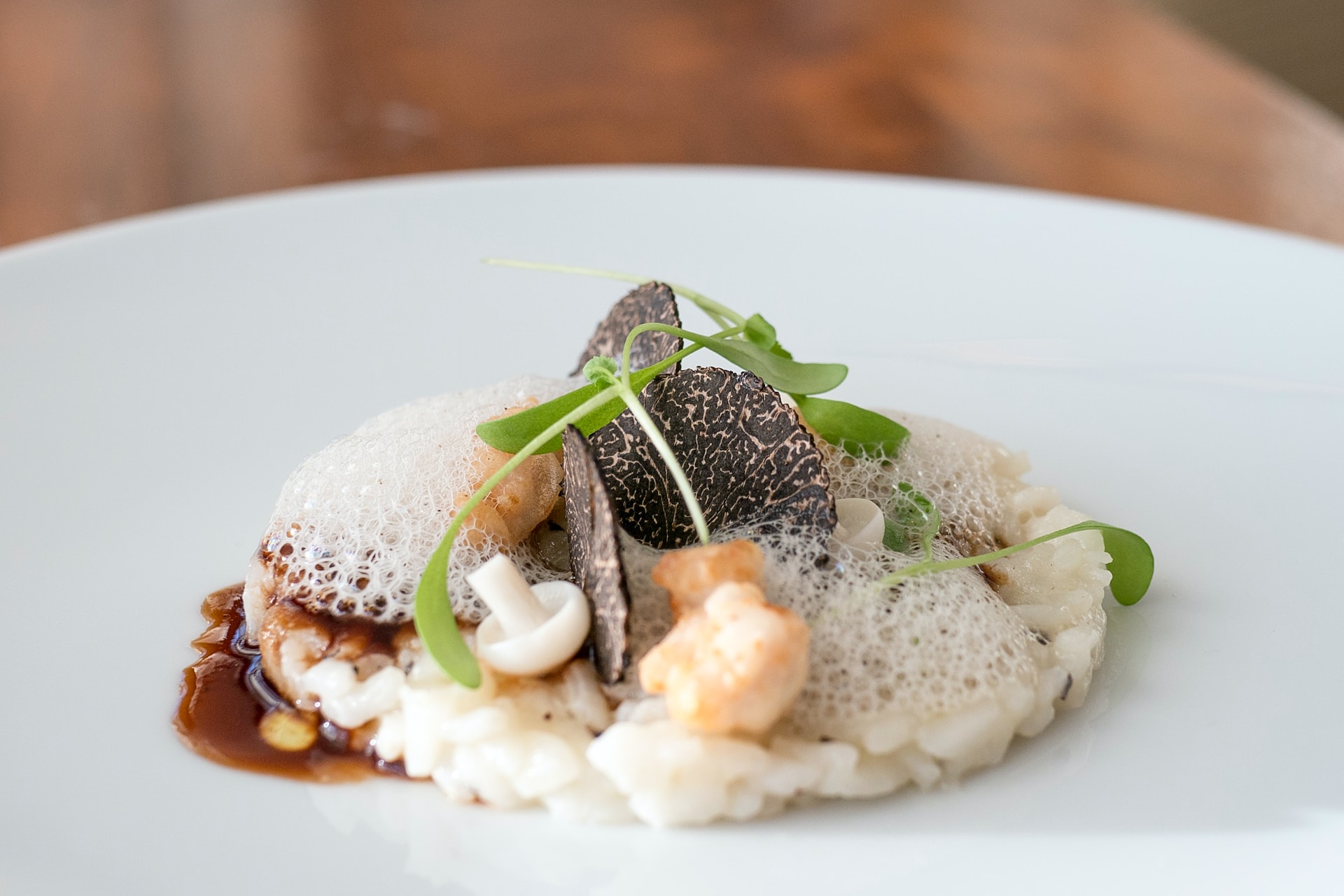
Away from the hunt, truffle hunters need to know the types of truffle they’re dealing with, their value and how quickly they should be used. “You have to pretty much sell them as you get them ‒ they get less flavourful and eventually rot. If you freeze them, the flavour gets lost, so it’s best to preserve them in oil,” explains Visnja. Prodan sells to local Croatian restaurants as well as selling wholesale worldwide. On her tours, Visnja takes guests back to the farmhouse to try a range of truffle spreads, pestos and condiments, as well as scrambled egg with grated truffle and truffle-sprinkled ice cream.
We also think you’ll like: Where to find the most rare and expensive food in the world
You can strike gold ‒ or white
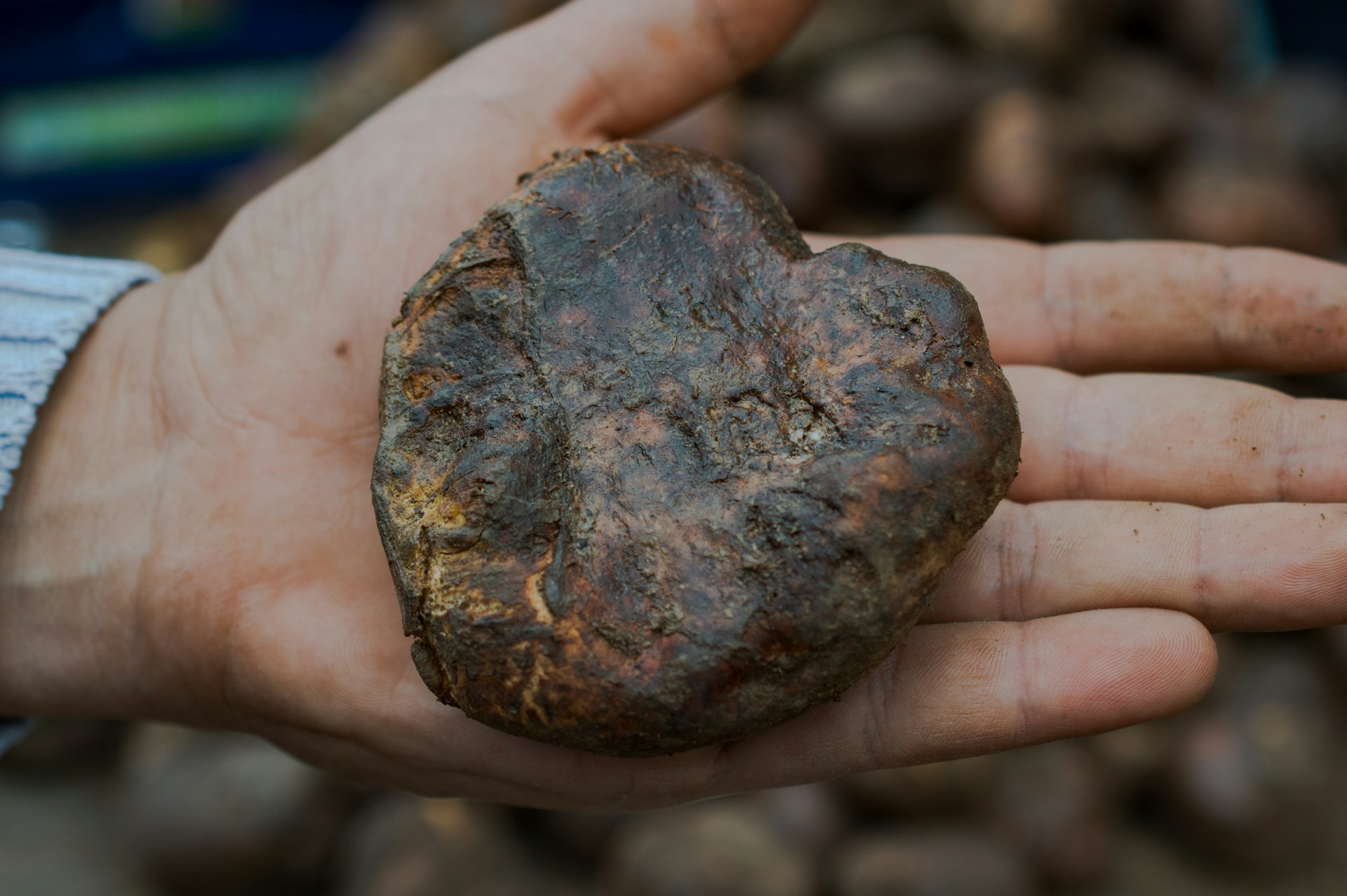
“Depending on the time of the year, truffle hunters search for different types: you have several black truffle sub-varieties: black summer, autumn and winter. In terms of white truffles, you have white winter and white spring types.” The white winter truffle is the most expensive type; they cannot be cultivated, unlike the black variety.
Prices really vary, says Visnja: “A lower quantity in one season means the prices go higher; last year the wholesale price went up to more than 5,000 Euros per kilo.” The most expensive truffle ever sold was a 4.16-pound white truffle, which went for $61,250 at Sotheby’s.
We also think you’ll like: Seven ways you’ll celebrate Tuscan food when you travel with Luxury Gold
Meet a truffle hunter on Luxury Gold’s Croatia and the Dalmatian Coast tour.



